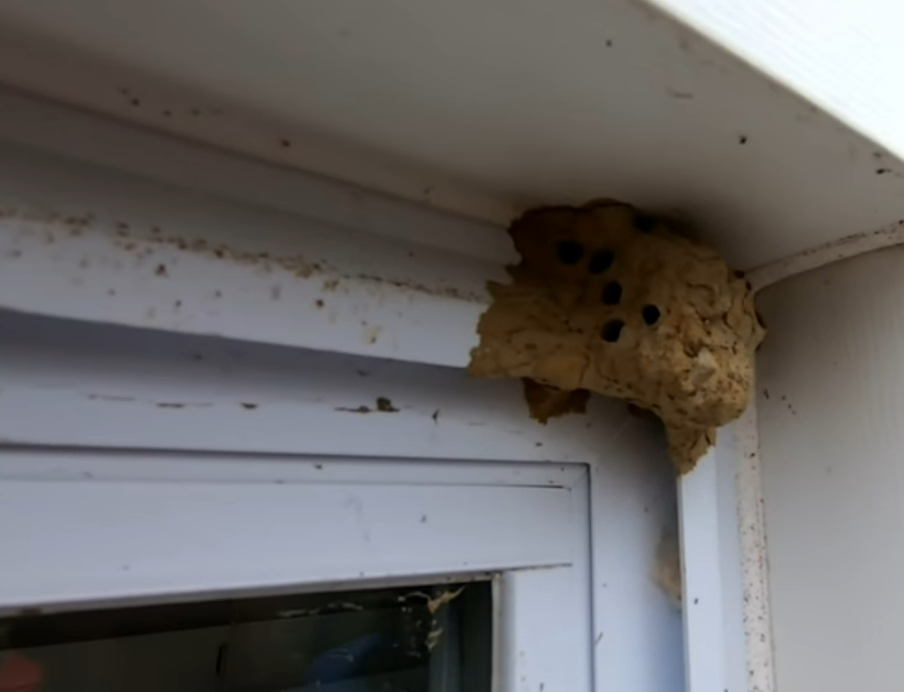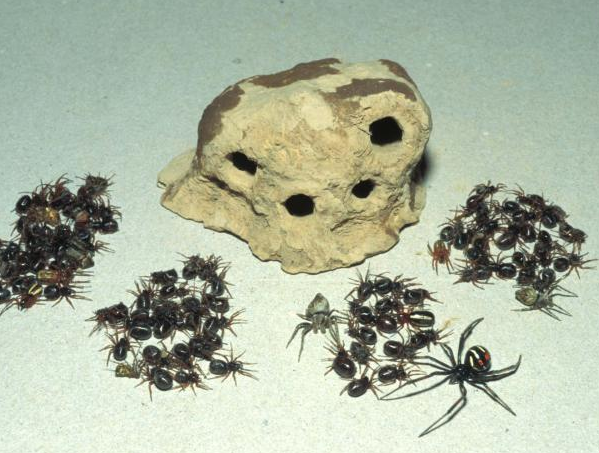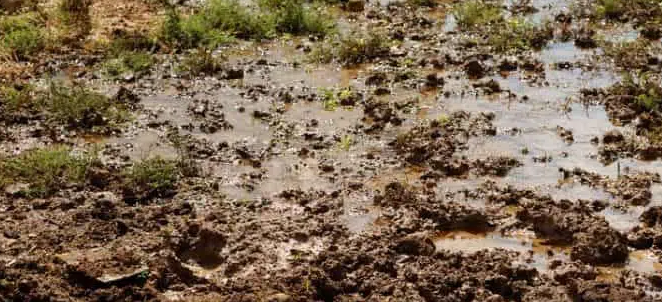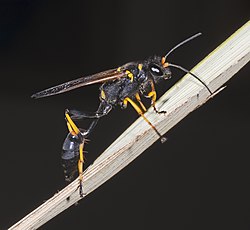
When I was in elementary school, I got to be part of a group of kids who were responsible for putting up and taking down the American flag each day. It was exciting, the pomp and circumstance of raising the flag up the pole, of learning the proper way to fold and store the Star-Spangled Banner, the feeling of great importance to work together to keep any part from the sacrilege of touching the ground. It’s a memory that comes to mind especially on the holidays where raising the Stars and Stripes feels particularly ceremonial, like Memorial Day, Independence Day, Labor Day, Veteran’s Day, and of course, Flag Day.
June 14th is Flag Day, a holiday commemorating the original adoption of the official flag of the United States in 1777 (think Betsy Ross). While not an official national holiday, and not as showy as Independence Day, it’s a nice time to pull out Old Glory and let it fly free in the summer breeze. If you’re like most homeowners, you don’t fly a flag year-round; between needing to follow proper procedure (did you know the flag needs to always be lit, meaning you should only fly it during daylight hours or if you have a dedicated spotlight on it for nighttime) and making sure to tend to your flag when inclement weather approaches, it can feel more like a chore than a celebration of the U.S.A. But, if you’re like many Americans, you probably own a flag that you keep stored, ready to fly for the right occasions. With Flag Day around the corner, you’ll be heading into your garage or shed to get to your storage for outdoor items, and as always, any time you enter a storage space, it’s a great time to take a look around for signs of pest activity. This is especially true as summer gets into full swing and pests that may have overwintered in and around your home are becoming more active and beginning to reproduce.
As you enter your garage or shed, take a look at the corners, especially up by the ceiling, for signs of spiderwebs or wasp nests. Keep an eye out for spiders skittering out of the way as you open the door, or drawer, or box to get to your flag. Watch out for wasps buzzing angrily around your head as you pass through the main doorway. And especially take heed if you notice any interestingly shaped mud accumulations higher up on walls or ceilings, or in other protected areas, as those are a sure sign of a dirt dauber infestation. While dirt daubers might not be the scariest wasp you could encounter, if letting the flag touch the ground is sacrilege, then letting dirt daubers take over your home is certainly a desecration. Fortunately, it doesn’t have to stay that way for long, as The Bug Dude is here to help get your home back to a place of veneration.
What do Dirt Daubers Look Like?
Dirt Daubers (also known as mud daubers)is a generic term for several different species of wasp. Though each species has its own unique look, ranging from pure black to black and yellow, to an iridescent blue-black, the one distinguishing feature that pervades all species is a long, narrow waist section (the part that connects the thorax and abdomen). In general, these wasps are between 1/2” and 1” in length and often have dark reddish-brown wings. To the untrained eye, the wasps themselves could be mistaken for any number of types of wasp, but they do have a characteristic that makes it easy to identify if you have a dirt dauber issue: their nests.

What does a Dirt Dauber Nest Look Like?
The exact shape of a dirt dauber nest varies with the species, but they all have one thing in common: they are made of dirt (hence the wasp’s name). The basic construction is generally the same across the wasp species. It begins with the female dirt dauber, after mating, picking out a nesting site and beginning to gather balls of mud to construct her nest. Once the first cell of the nest has been constructed, she will begin a hunt for spiders. Upon catching a spider, she will paralyze it, place a single egg on it, and set that at the back of the cell. She will then continue to fill the cell with paralyzed spiders until it’s full (this can be up to 25 spiders). When the cell is full (about an hour after construction began), the female wasp will cap it and begin constructing the next cell. Each dirt dauber nest is home to a single female adult wasp, and several wasp eggs, which will hatch within the nest, consume all of the paralyzed spiders in its cell, and pupate into an adult wasp. As an adult, it will emerge from the nest, leaving a round exit hole in its former cell. If you notice a mud nest around your home but don’t see the distinguishing round holes in it, that means the nest is currently active!
The most common nest shapes come from the black and yellow dirt dauber (Sceliphron caementarium) and the pipe organ dirt dauber (Trypoxylon politum). The black and yellow species creates stacks of cells to form nests which are rounded and approximately the size of a fist. The pipe organ species creates vertical, parallel rows of cells next to each other to form a nest, with the end result resembling a pipe organ (again, hence the name). Interestingly, the third most common species of dirt dauber, the blue mud wasp (Chalybion californicum) doesn’t have its own unique nest shape due to the fact that it doesn’t actually build its nests from scratch. Instead, this wasp reuses the old nests of other dirt dauber species, carrying water to the nest instead of mud in order to soften and remodel the existing nest.
Where do Dirt Daubers Live?
Dirt dauber nests can be found predominantly in secluded, protected areas where there are good sources of mud and spiders. In nature, this means they are generally found around cave entrances and under rock overhangs. Around town they can be found in barns, rafters, protected sides of buildings, and under bridges. At your home, they are most likely to be found in garages, under eaves, on porch ceilings, in sheds, in attics, and under undisturbed wood and rocks. Since dirt daubers are solitary wasps (for more on this, see “Are Wasps Ruining your Fall Fun? Give us a Buzz…”), there will be only 1 adult per nest, but with each nest hosting several young wasps waiting to emerge, you could easily find an entire conglomeration of nests in any of the areas listed above.

What do Dirt Daubers Eat?
As noted earlier, young dirt daubers consume spiders that were left in their cells by their mothers, but did you know that different wasp species prefer different spiders? For example, the black and yellow dirt dauber prefers crab spiders and other small, colorful spiders. And the blue mud wasp prefers black widow spiders. Adult wasps consume primarily liquids: plant nectar, honeydew (aphid secretions), and the body fluids from spiders they capture. Since spiders are such an integral part of their survival, it’s important to remember that any place you notice a lot of spider activity could be an invitation for dirt daubers to move in. So at the first signs of a spider infestation, contact The Bug Dude at 800-310-BUGS (2847 to get a technician out to your home to solve one infestation before it compounds into two (or more!). And if you’re not sure what you’re looking for when it comes to spiders, check out the article “Don’t let Spiders Ensnare Your New Year”.
Are Dirt Daubers Dangerous?
If left undisturbed, dirt daubers are not a particularly dangerous wasp species. Unlike yellow jackets, these wasps are not known for their aggression. However, they are definitely capable of stinging, and when threatened or provoked they will defend themselves. Though they don’t defend their nests the way yellow jackets do, it’s always a good idea to call The Bug Dude if you are facing a wasp infestation. Not only will that keep you safe in case a dirt dauber does decide to sting, it will keep you safe from more aggressive insects that may have moved into an old dirt dauber nest, or even worse, from aggressive wasp species that you may have misidentified as dirt daubers. This is especially important if you are allergic to wasp stings!

How do you Prevent Dirt Daubers?
As with most pests, prevention essentially boils down to 2 things: remove food sources and remove housing options. For dirt daubers removing food sources should start with a call to The Bug Dude to get on a regular service plan and keep spiders from getting a foothold in your home. The other main thing you can do to help eliminate food sources, as well as assist with eliminating housing options, is to seal up any harborage areas in and around your home, such as cracks and holes. An additional measure to take to remove housing options for these wasps is to drain your yard of excess water to keep from creating mud, which the wasps will use to build nests.
How do you Eliminate Dirt Daubers?
When faced with a pest problem, the safest, most effective, and most time and cost efficient route to take is always to call The Bug Dude at 800-310-BUGS (2847) at the first sign of trouble. Whether you are seeing spiders, spiderwebs, dirt dauber nests, or wasps, calling in The Bug Dude as soon as you notice the problem can get you to back to enjoying your summer in no time.
This Flag Day, as you reverently fly the Stars and Stripes, make it a dual freedom celebration: freedom as a nation and freedom from pests.
Further Reading:
“Mud Daubers” – Field Guide to Common Texas Insects – Texas A&M AgriLife Extension
“Mud Daubers” – Texas Apiary Inspection Service (TAIS) – Texas A&M AgriLife Research
“Mud Daubers” – Missouri Department of Conservation
“Open Pipe Mud Daubers” – PestWorld.org – National Pest Management Association
Author Bio: Alissa Breach has been gaining knowledge and experience around pest control concerns over the last 12 years while working for Mid-Cities Pest Control. She has a creative writing BA from UW-Madison and is always pursuing new and interesting writing projects.





